Sewing a Skirt from a Vintage Burda
Hello, all!
I don't know how many of you remember that last year I did something called Blog-March. There aren't many entries to check out, sadly. This year, I decided not to participate anymore.
In this entry, i mentioned i made a green skirt, perfect for Saint Patrick's day, celebrated on March 17th. I believe I also mentioned i might share how I made it and so on. Well, today is the day this will happen. And as it happens, it is now May that i finally manage to gather my thoughts related to this entry and complete it.
/image%2F2671538%2F20220508%2Fob_abfddc_b8114647616fc50bb41fb65a1b3e3437d55114.jpg)
SKIRT DESIGN
I found the skirt in a vintage Burda magazine, from May 1996! I posted a quite short browse-through of this issue, in this entry, if you're curious.
Below, you'll see what the skirt is supposed to look like, according to the magazine. The skirt has 2 front panels, 2 back panels, pockets, a waist band, as well as panels for the buttons and button holes.
As you can see, Burda is rating the difficulty of the designs it shares. I think the rating is from 1 to 4 or 5 dots. This skirt has a rating of 2 dots, making it relatively easy to make. For those confused, in the picture with the model sitting, 106 represents a body. The skirt has the number 107.
The difficult part is the pockets. I believe there's a sewing lesson with how these pockets must be done. Let's just say i simplified my life by not using any pockets initially. I only added them last month, but i'll talk about that later.
The sizes of the skirt are European 36 through 44, where 36 is a Small and 44 is a Medium? In Burda, 44 is the smallest size for the garments dedicated to "Plus Sizes." According to the measurements in Burda, i'm size 44 and so this is the one i traced and made.
It seems i have no picture taken of the traced pattern, just this copy i made in order to make a patchwork skirt. This is what i'm currently working on. One of the projects.
The skirt is supposed to be 80 cm long. I don't know why i remember adding a few more centimeters to this, but i'm not sure i did.
/image%2F2671538%2F20220507%2Fob_d4a983_img-0799.JPG)
FABRIC
As far as fabric goes, i had this green fabric i found at the dumpster. It was a neighbor who got rid of several lengths of various types of fabrics. The colors and overall design also differed.
In the next pictures, i'll share, you'll see the color changing. This is because i was working in the evening, and my light was crap.
I believe the weave is a damask. I'm not sure what the fiber is. The burn test indicates cotton or similar, as it smells like burned paper. It is relatively heavy, so it hangs nicely.
However, i didn't have quite enough fabric to make the skirt as it was indicated, or perhaps I wanted to make things a bit easier on me. I forgot. This means i cut the back part on the fold, giving me one less seam to sew.
Cutting the panels and sewing them together was very easy, and nothing to write home about. The next step i took was to attach the panels for the buttons and their respective holes.
This was also pretty easy: I sewed pretty sides together, then i sewed by hand on the back (i think). This way, the raw edges were enclosed in the button bands. The next step i took, was to install the waistband. I redid the process, though i do regret not reinforcing in any way the waistband.
Then i had to hem the skirt. i made some sort of maybe bias? tape out of an underskirt i somehow i also found at the dumpster. The original item had nearly the same shade of green as the skirt, as you can see in the next picture.
Buttons and Closure
The skirt is supposed to have real buttons down the front, however due to my fancy-looking fabric, i didn't think this would be the best choice especially since the buttonholes had to be done in the fabric. My next option was to install a zipper, but i'm not that good in this department and i wasn't thrilled by this idea either.
/image%2F2671538%2F20220508%2Fob_0ddbc9_17fe966dd3b97f1a0aea4fff67ce302b2b7de8.jpg)
A brilliant idea came to me when i realized i can use snap buttons hidden by fabric-covered but fake buttons. I had some on an old silk jacket, so i undid one of those to see how they're made. I noticed that it had 2 layers of material, one the size of the button and the other one, larger. I then copied the fabric outline onto paper, to make patterns.
/image%2F2671538%2F20220508%2Fob_28dd31_44cf6939f3195a8717d1007efdf82d1ab101c7.jpg)
Once i had the patterns, i cut out the fabric, and i started covering my buttons. I luckily had some old, ugly, blue buttons that have the same size as the original.
The first step was to stitch a simple row around the edge of the fabric, put the smaller piece on top, then the button, and then pull the thread to close the fabric like a really small sack. The last steps would be to secure the fabric around the button with a few extra stitches and then to attach the new button to the skirt.
Refer to the next pictures for a better mental image regarding this process, along with a comparison to the original button.
It would probably have been easier if, for the smaller pieces, i would have drawn circles directly with the button, but the idea just occured to me now (more than a year after i completed the process).
For the snap closure, i had to go to the haberdashery to buy the snaps. Luckily, i found and they were affordable. They’re the same diameter as the buttons. I sewed the snaps first, then the fake buttons on top and I really like the result! The swish! factor is 'chef’s kiss' 😗
/image%2F2671538%2F20220528%2Fob_852846_5e193f1823370d17a6bf9a4446839171900ce7.jpg)
In this picture above you can see the hem of the skirt on the inside. That green band used to be some petticoat maybe? but it couldn't be used anymore - i forgot why. So i cut strips of some 7 cm? (3 inches? about?) and i sewed them together, to form a VERY long ribbon.
I know for sure i didn't cut the fabric on the bias but on the grain line. Then, the very long ribbon i sewed by machine to the very (not even) edge of the skirt, and then i sewed it by hand to hide ALL raw fabric edges. The best part about doing this is that i was able to more or less even out the skirt's hem and the result is rather professional looking - if you ask me.
This year (2022) I decided I wanted pockets in this skirt even if the fabric is fancy-looking. Look, pockets are useful even in a fancy-looking garment, ok? for this, I had to take the easiest route, and that was to open the seams of the skirt. Look it up all you want: seam pockets are the easiest to make, even in already bought garments.
However, this is will require an entry of its own. This one already became too long. What i want to say is that i really like the result and i think it looks BETTER than in the Burda sewing magazine.
©Charly Cross 2013 - present. All rights reserved.
Do you want to buy me a coffee? this is a 1-time donation, thank you very much!

/image%2F2671538%2F20210419%2Fob_819872_img-0313.JPG)
/image%2F2671538%2F20220507%2Fob_028bcc_ed1d4e6d04cff4c568488ed25ca26e83b598ad.jpg)
/image%2F2671538%2F20220507%2Fob_68c73e_5ba298092c14fcd2f1d8266e19249a73d6e9a8.jpg)
/image%2F2671538%2F20220507%2Fob_37066f_319ef7ff7fcfaad56f2e054faee373240baf2a.jpg)
/image%2F2671538%2F20220508%2Fob_219194_db54a3bba2973c534e2271439c1e2ff5e44709.jpg)
/image%2F2671538%2F20220508%2Fob_2a740e_30d5822ac536b0c7b4b8ced01ba4561aa88795.jpg)
/image%2F2671538%2F20220509%2Fob_5e598e_bdeb7c18d264e60714c20eb689460df29acdb4.jpg)


/image%2F2671538%2F20201118%2Fob_1a6bd2_b8df789c336f4862b4eaecced3c94d3f.jpg)
/image%2F2671538%2F20201121%2Fob_16a095_9c98ea30061c7a8efa476068a5ff3938bc4fb9.jpg)
/image%2F2671538%2F20201121%2Fob_fd7f63_be5a41cd7ec3b3d220ff95ef7ed7c838ea70e0.jpg)


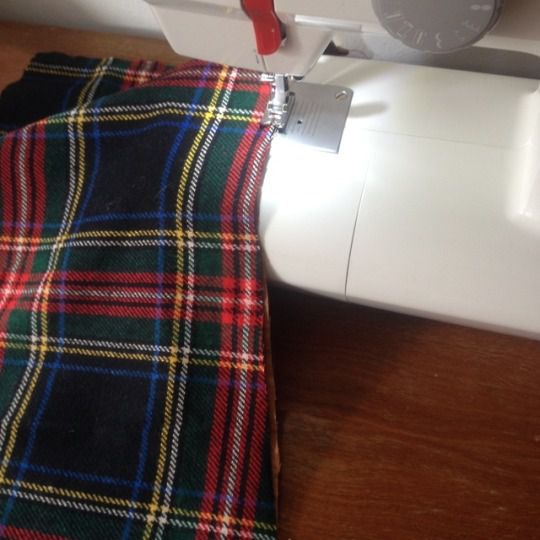

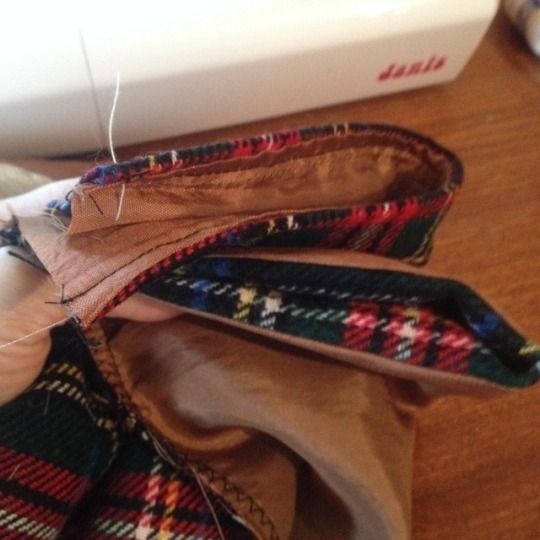

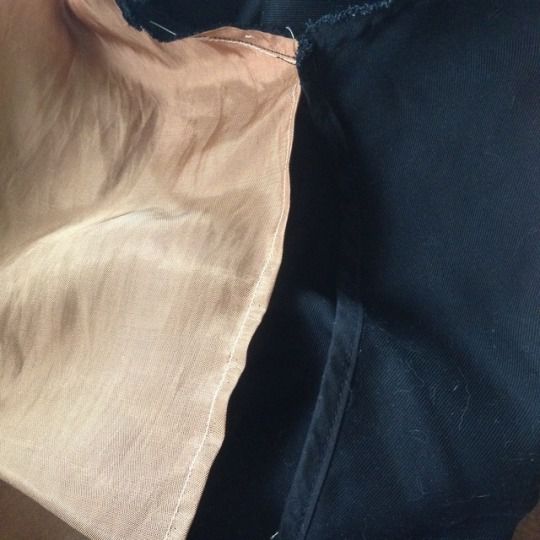

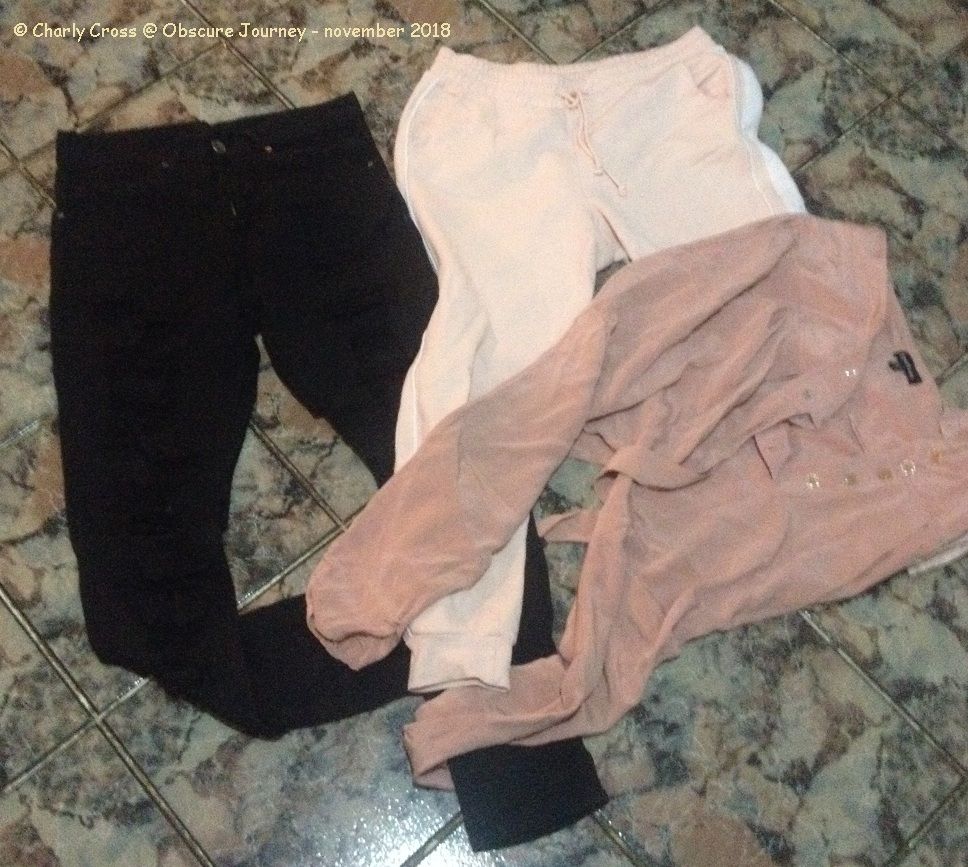
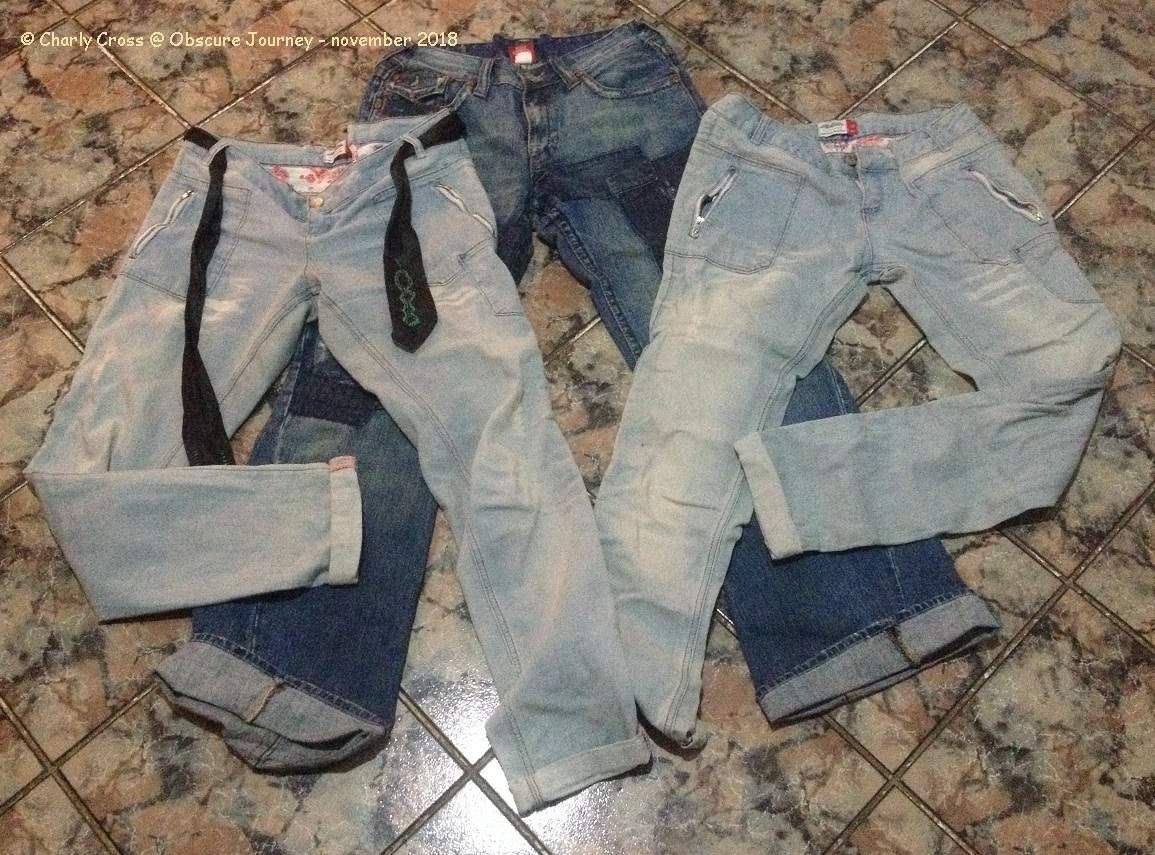


/image%2F2671538%2F20181129%2Fob_a15b3b_tumblr-piz6ceyvxr1u8vlf0o5-r2-1280.jpg)
/image%2F2671538%2F20181129%2Fob_288502_tumblr-piz6ceyvxr1u8vlf0o3-r2-1280.jpg)
/image%2F2671538%2F20181129%2Fob_1e363f_img-20180912-191553.jpg)
/image%2F2671538%2F20181129%2Fob_30297b_img-20180912-223930.jpg)
/image%2F2671538%2F20181129%2Fob_7925ab_tumblr-piz6ceyvxr1u8vlf0o9-r1-1280.jpg)
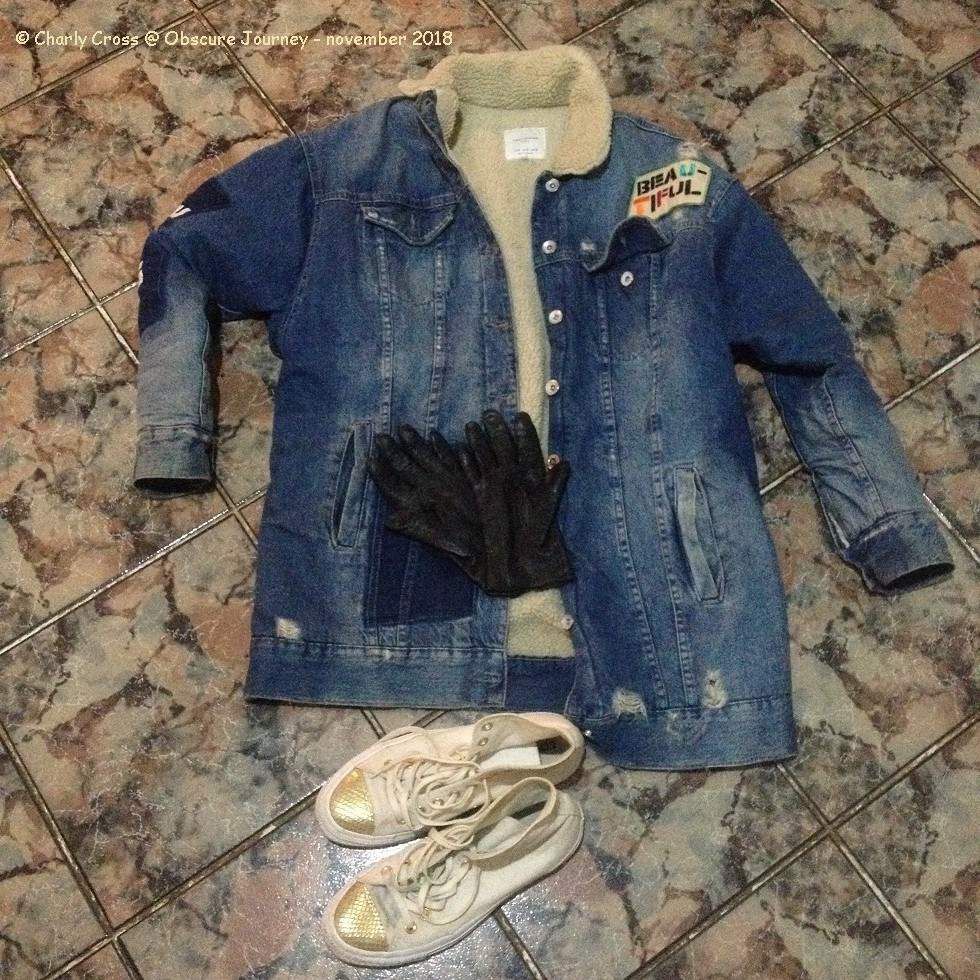
/image%2F2671538%2F20180520%2Fob_e02efd_tumblr-p8w6hwhnzx1u8vlf0o8-r1-540.jpg)
/image%2F2671538%2F20180526%2Fob_38accc_tumblr-p9c16dp7bi1u8vlf0o1-1280.jpg)
/image%2F2671538%2F20180520%2Fob_55167d_tumblr-p8w6hwhnzx1u8vlf0o6-r1-540.jpg)
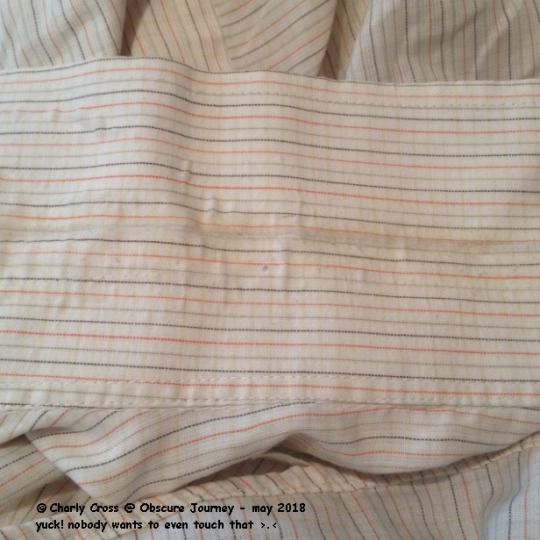


/image%2F2671538%2F20180526%2Fob_1c5a46_tumblr-p9c16dp7bi1u8vlf0o2-r1-540.jpg)
/image%2F2671538%2F20180518%2Fob_8b110d_tumblr-p8w6hwhnzx1u8vlf0o4-r1-540.jpg)
/image%2F2671538%2F20180520%2Fob_99da71_tumblr-p8w6hwhnzx1u8vlf0o5-r1-540.jpg)
/image%2F2671538%2F20180520%2Fob_f17082_tumblr-p8w6hwhnzx1u8vlf0o6-r1-540.jpg)
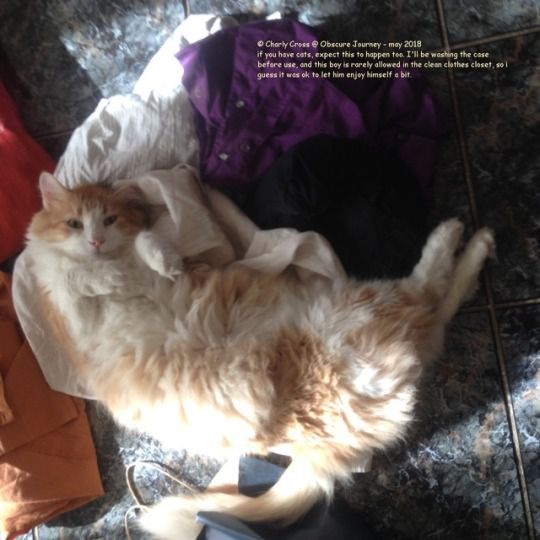
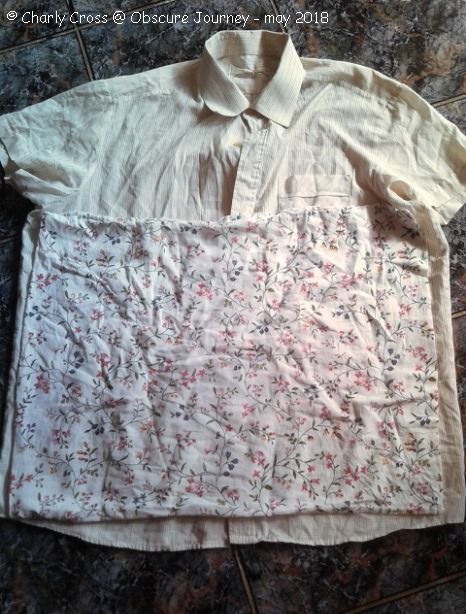
/image%2F2671538%2F20180226%2Fob_f9c4d6_charly.png)